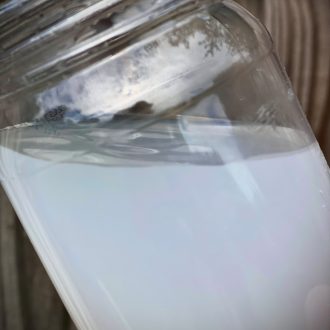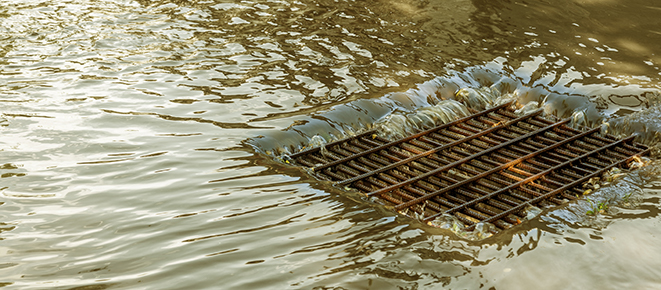
If you operate an industrial facility in one of the 30 sectors described by the Environmental Protection Agency (EPA) Multi-Sector Generic Permit (MSGP), which permits for stormwater discharge, you should be aware that you may be required to conduct both analytical and visual stormwater monitoring. Analytical monitoring means that water must be collected on site at a pre-determined location, usually an outfall, and undergo analytical testing at a laboratory. Visual monitoring involves collecting water on site and inspecting using only your senses – eyes and smell. Both of these sample types have various conditions of how and when you should test them.

Stormwater can accumulate pollutants that can enter surface water and can only be identified by sampling stormwater discharges. The result of sampling helps to effectively identify specific best management practices that should be established and documented in the industrial facilities Stormwater Pollution Prevention Plan (SWPPP).
Compliance monitoring is required for some industrial activities whose stormwater discharges are subject to numeric stormwater effluent limitations. The permit specifies benchmark values and if exceeded may require changes to best management practices (BMPs) performance levels. Therefore, analytical monitoring will be expected and a Discharge Monitoring Report (DMR) is the process for documenting and processing.

All facilities that have an MSGP must conduct visual monitoring. The MSGP refers to visual monitoring as Quarterly Visual Monitoring, or a QVM. Each permitting entity (state, department) may have a slight variation of a QVM form but all of the information is consistent regardless of state. The most important thing to understand about QVMs is when to take them and what to look for. It is important to select the sampling points where stormwater drains from your facility. The site map in your SWPPP should show the drainage areas.
If you want to talk to an expert on QVMs and DMRs, give us a call today and see how KCI can help you manage your stormwater program – (888) 346-7779.



